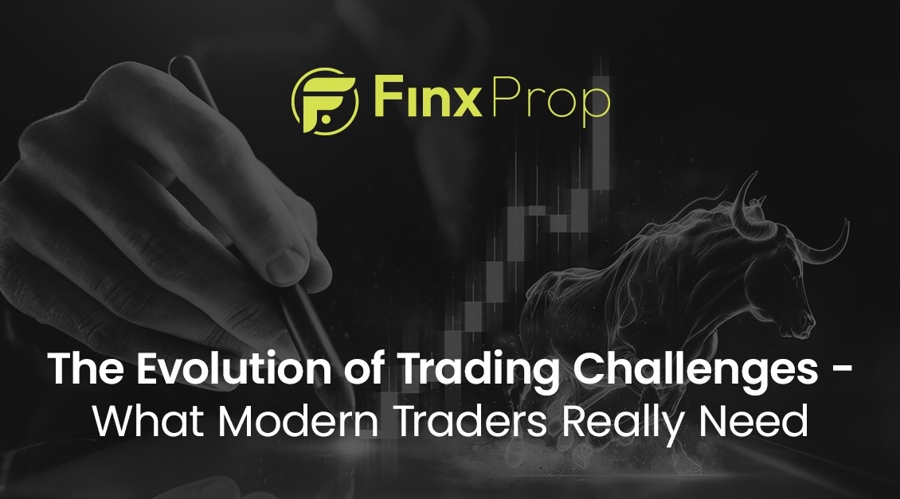Trading has undergone a remarkable transformation over the past few decades. From the chaotic noise of trading floors to the quiet precision of digital platforms, today’s market environment demands more from traders—and from the tools they use.
1. From Manual to Digital
Gone are the days of shouting brokers and handwritten orders. Digital platforms now dominate the landscape, offering real-time access to global markets. This evolution has made trading faster, more efficient, and far more accessible to individuals across the globe.
2. Automation and Speed
Modern traders rely heavily on automation. Algorithms now execute trades with speed and accuracy far beyond human capability. High-frequency trading has further pushed the limits, capitalizing on even the slightest price fluctuations within milliseconds. This arms race of speed has reshaped the competitive dynamics of trading.
3. Mobile and On-the-Go Access
Smartphones have changed everything. With mobile apps, traders no longer need to be tied to desks. They can analyze charts, manage portfolios, and execute trades anytime, anywhere. This has opened the door for more people to participate in the financial markets than ever before.
4. Smarter Tools, Smarter Decisions
Data is now king. Today’s platforms offer advanced charting, analytics, and AI-driven insights that help traders identify patterns, forecast trends, and fine-tune strategies. Instead of guessing, traders can rely on data-backed decisions that improve accuracy and confidence.
5. Multi-Asset Platforms
The modern trader doesn’t want to open five different apps to manage stocks, forex, crypto, and commodities. All-in-one platforms are becoming the norm, enabling users to diversify across markets with a unified experience.
6. Security and Trust
As more people trade online, the demand for safety is greater than ever. Platforms are now expected to offer bank-level security, encrypted transactions, and transparent policies. Trust is a core asset in a trader’s decision to stick with a platform.
7. Regulation and Risk Management
With growth comes responsibility. Proper regulation protects users, enforces standards, and ensures fairness. Risk management tools—such as stop-loss, negative balance protection, and adjustable leverage—are now essential components of any serious trading environment.
8. Education and Emotional Control
Technology can only go so far. Emotional discipline, psychological resilience, and continuous learning are critical traits for long-term success. Many platforms now offer educational content, demo accounts, and community support to help users build skills and confidence.
What Do Today’s Traders Really Need?
| Priority | Description |
|---|---|
| Speed | Fast execution with minimal slippage |
| Mobility | Fully functional mobile trading apps |
| Analytics | Tools for backtesting, indicators, and market forecasting |
| Security | Data protection and account safety |
| Transparency | Clear pricing, fees, and trading conditions |
| Diversity | Access to multiple asset classes in one platform |
| Support | Reliable customer service and trader communities |
| Education | Resources for strategy development and mindset training |
Conclusion
Trading in the modern world is not just about placing orders—it’s about making informed decisions with the help of powerful, secure, and user-friendly tools. The platforms that will thrive are those that understand traders’ true needs: simplicity, speed, safety, and support. As markets evolve, so too must the platforms and people who engage with them.



